Bee Balm Companion Plants That Will Make Your Garden Thrive
Bee balm (Monarda didyma) is a beautiful and versatile plant that can add a touch of color and fragrance to any garden. It is also a valuable companion plant, meaning that it can benefit other plants in the garden.
In this blog post, we will discuss some of the best companion plants for bee balm. We will also talk about why these plants are a good choice and how they can help your garden thrive.
Why Choose Companion Plants?
There are many benefits to choosing companion plants. For one, they can help to attract beneficial insects, such as pollinators and predators of pests. They can also help to improve the soil quality and reduce the need for herbicides and pesticides.
In the case of bee balm, companion plants can help to:
- Attract pollinators, such as bees and butterflies, which help to pollinate other plants in the garden.
- Repel pests, such as mosquitoes and aphids.
- Improve the soil quality by adding nutrients and organic matter.
- Provide shade and shelter for other plants.
What are Some Good Companion Plants for Bee Balm?
There are many good companion plants for bee balm. Some of the most popular choices include:
- Black-eyed Susans (Rudbeckia hirta) are tall, daisy-like flowers that bloom in the summer. They attract pollinators and help to improve the soil quality.
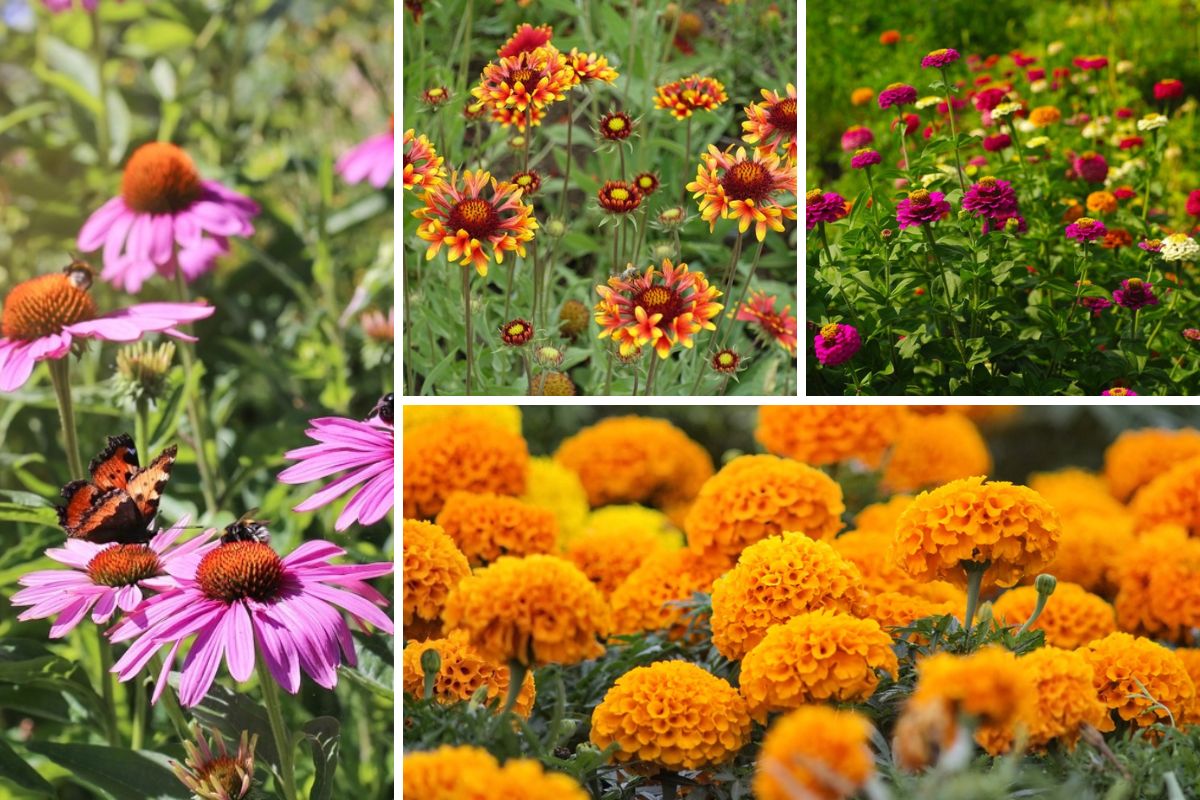
- Echinacea (Echinacea purpurea) is another tall, daisy-like flower that blooms in the summer. It is a medicinal plant that is known to boost the immune system.
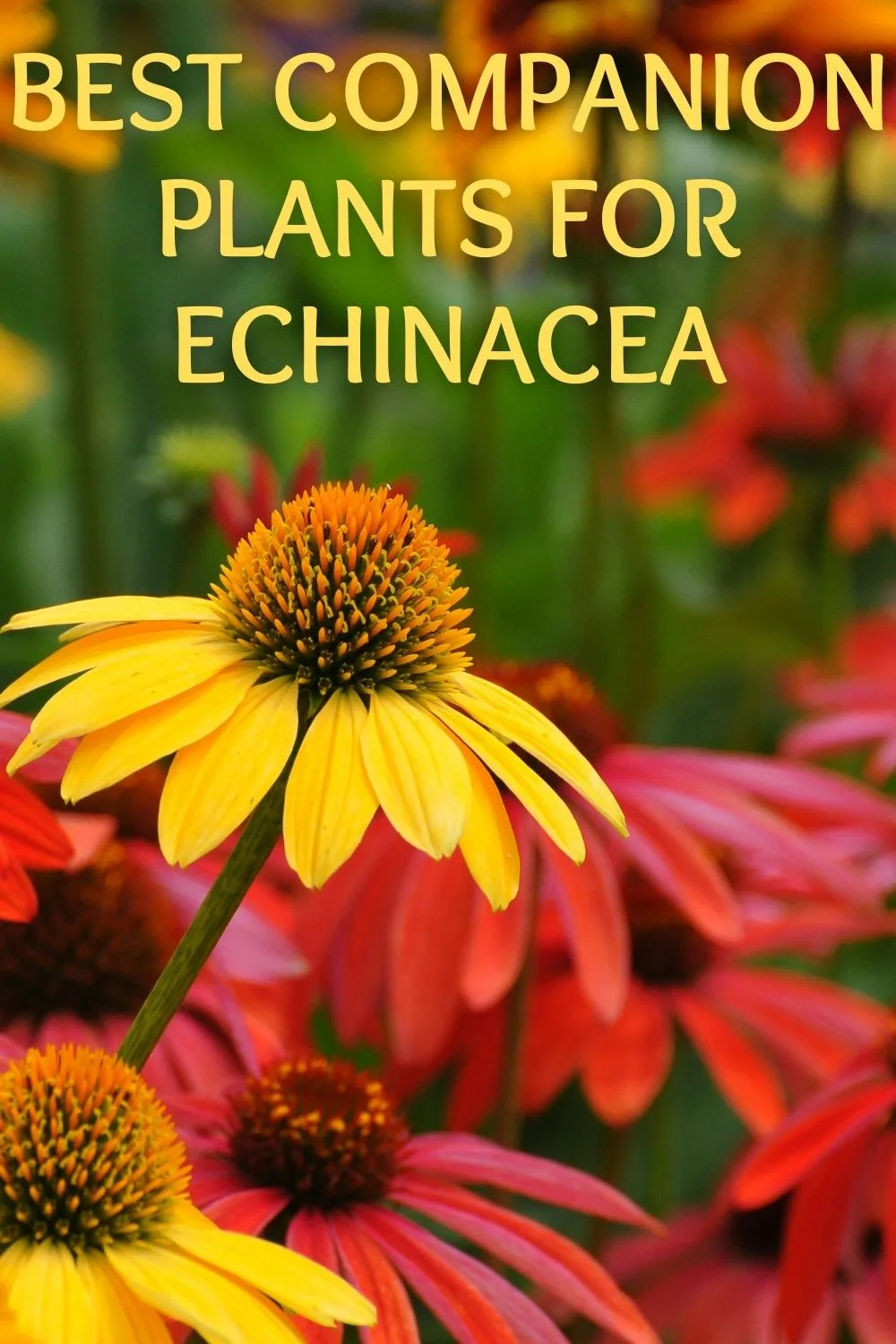
- Lilac (Syringa vulgaris) is a shrub that blooms in the spring with fragrant purple flowers. It attracts pollinators and helps to deter pests.

- Phlox (Phlox paniculata) is a tall, showy flower that blooms in the summer. It attracts pollinators and helps to improve the soil quality.

- Roses are a popular choice for companion plants with bee balm. They attract pollinators and help to improve the soil quality.

- Squash are a type of vegetable that can benefit from being planted near bee balm. Bee balm helps to repel pests that can damage squash plants.

- Tomatoes are another type of vegetable that can benefit from being planted near bee balm. Bee balm helps to attract pollinators that can help to pollinate tomato plants.

These are just a few of the many good companion plants for bee balm. When choosing companion plants, it is important to consider the size, color, and bloom time of the plants. You should also consider the climate and soil conditions in your area.
How to Plant Bee Balm Companion Plants
When planting bee balm companion plants, it is important to space them properly. Bee balm plants need about 18 inches of space between them. Other plants may need more or less space, depending on their size.
It is also important to plant bee balm companion plants in the same type of soil. Bee balm prefers well-drained soil that is rich in organic matter.
Once you have planted your bee balm companion plants, you should water them regularly. They will also need to be fertilized once a month during the growing season.
Conclusion
Bee balm is a beautiful and versatile plant that can add a touch of color and fragrance to any garden. It is also a valuable companion plant, meaning that it can benefit other plants in the garden.
By choosing the right companion plants for bee balm, you can help to create a thriving garden that is full of color, fragrance, and beneficial insects.
Bee balm is a beautiful and versatile plant that can add color and interest to any garden. It's also a great companion plant, meaning that it can benefit other plants in the garden. Some of the best bee balm companion plants include:
- Black-eyed Susans: These cheerful flowers attract pollinators and complement the bee balm's purple blooms. Gardenia Inspiration
- Echinacea: This spiky flower is another great pollinator magnet. It also helps to repel pests, which can be beneficial to the bee balm.
- Lilac: This fragrant shrub provides a vertical element to the garden and complements the bee balm's height.
- Phlox: These colorful flowers bloom at the same time as bee balm and can help to extend the flowering season.
- Tomatoes: Bee balm can help to deter pests from tomatoes, such as aphids and whiteflies.
For more information about bee balm companion plants, visit Gardenia Inspiration. This website has a comprehensive list of plants that can be grown alongside bee balm, as well as tips on how to create a successful companion planting scheme.
FAQ of bee balm companion plants
Q: What are some good companion plants for bee balm?
A: Bee balm is a great companion plant for many other flowers and herbs. Some of its best companions include:
- Phlox: Phlox and bee balm have similar growing conditions and bloom at the same time, so they make a beautiful and complementary pair.
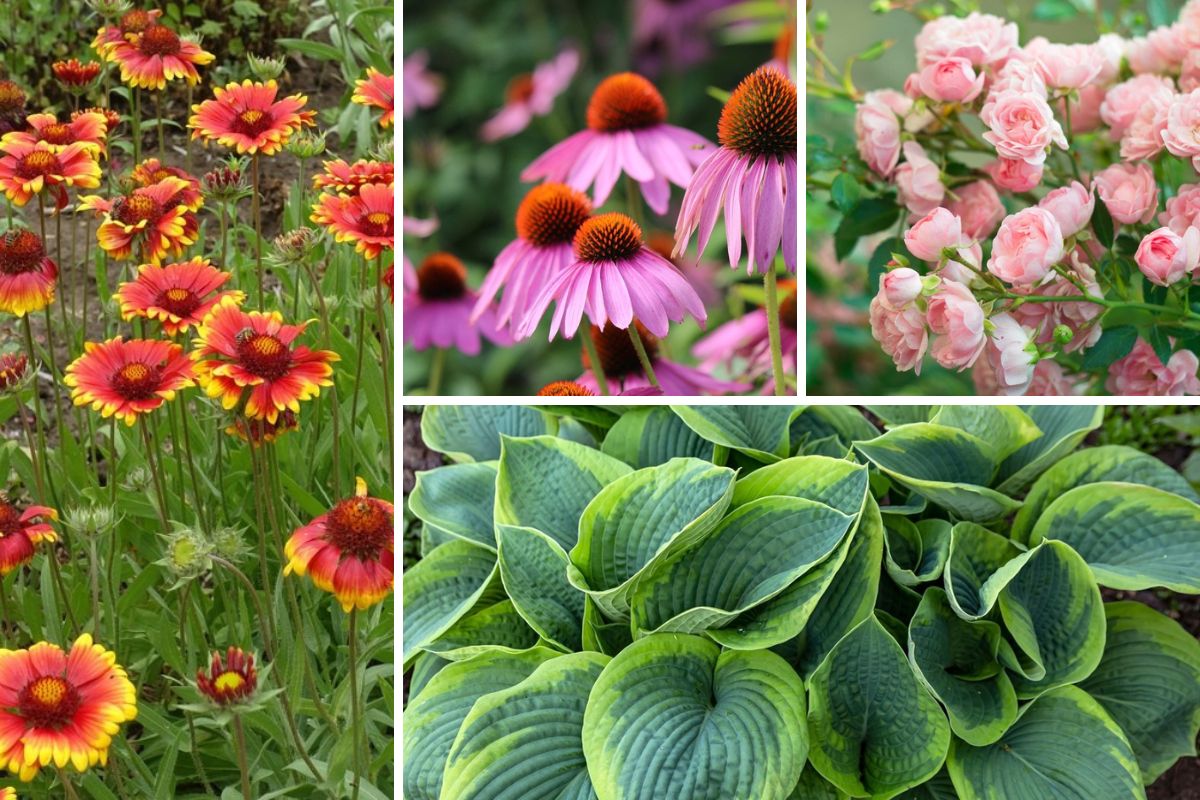
- Echinacea: Echinacea and bee balm both attract pollinators, so they can help each other to thrive.
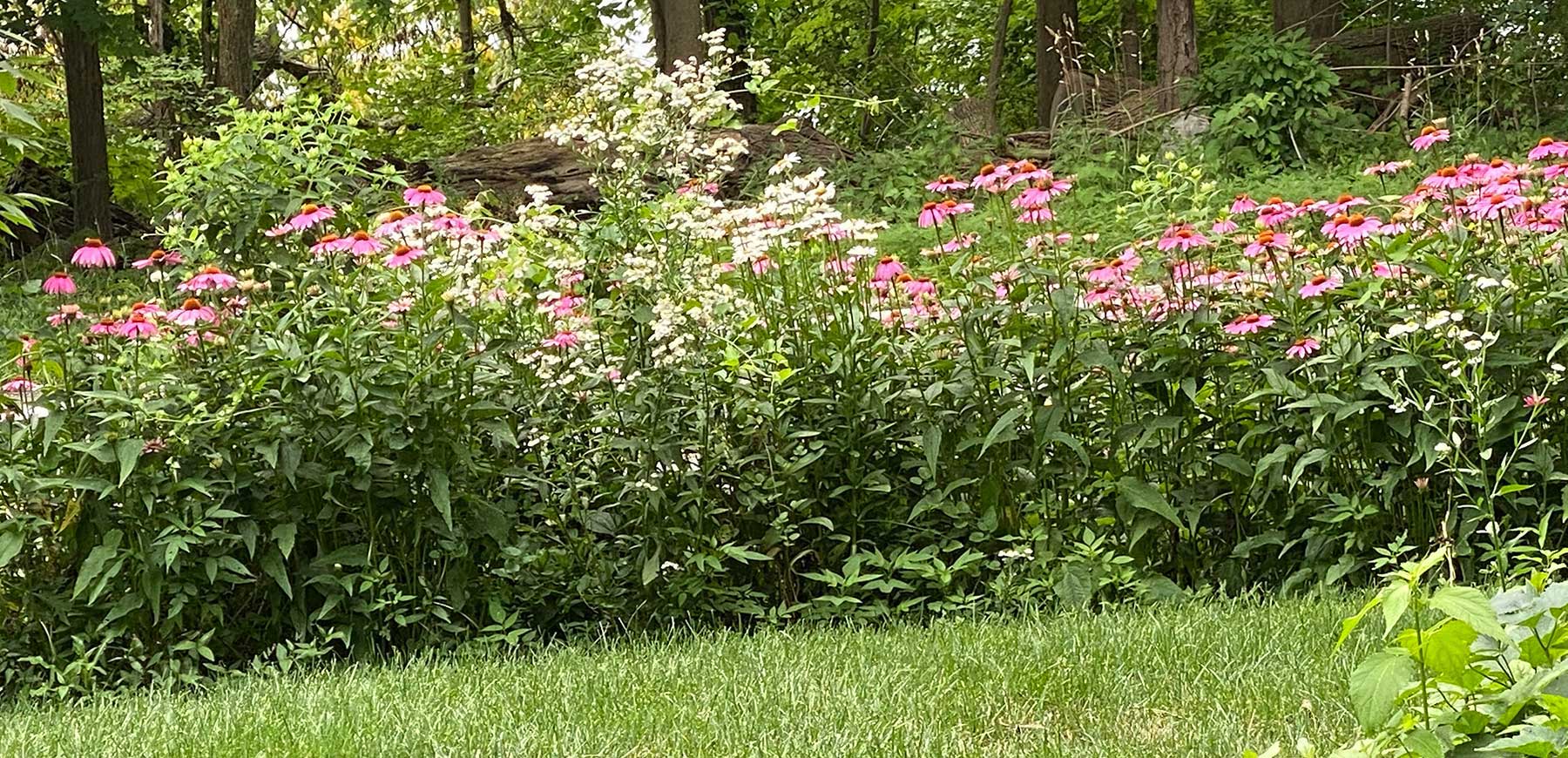
- Tomatoes: Bee balm can help to deter pests from tomatoes, such as aphids and whiteflies.

- Daisies: Daisies and bee balm both have daisy-like flowers, so they can create a cohesive look in your garden.
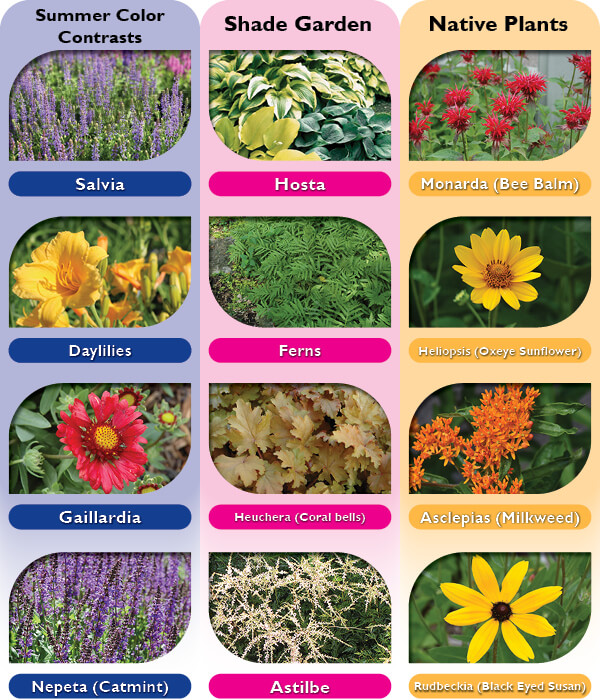
- Coneflowers: Coneflowers and bee balm both have tall, showy flowers, so they can add height and drama to your garden.

Q: What are the benefits of planting companion plants with bee balm?
A: There are many benefits to planting companion plants with bee balm. Some of these benefits include:
- Increased pollination: Companion plants can help to attract pollinators, such as bees, butterflies, and hummingbirds, which can help to increase pollination of your bee balm plants.
- Reduced pest pressure: Companion plants can help to deter pests from bee balm plants, such as aphids, whiteflies, and spider mites.
- Improved soil health: Companion plants can help to improve the soil health around bee balm plants, by providing nutrients, aeration, and moisture.
- Enhanced beauty: Companion plants can help to enhance the beauty of bee balm plants, by creating a more diverse and interesting landscape.
Q: What are some tips for planting companion plants with bee balm?
A: When planting companion plants with bee balm, there are a few things to keep in mind:
- Choose companion plants that have similar growing conditions to bee balm. This will help to ensure that both plants thrive.
- Plant companion plants that bloom at the same time as bee balm. This will help to create a continuous display of flowers in your garden.
- Plant companion plants that attract different pollinators than bee balm. This will help to ensure that your bee balm plants are pollinated by a variety of insects.
- Plant companion plants that have different heights and textures than bee balm. This will help to create visual interest in your garden.
Q: What are some common mistakes to avoid when planting companion plants with bee balm?
A: Here are a few common mistakes to avoid when planting companion plants with bee balm:
- Planting companion plants that have different water requirements than bee balm. This can lead to one plant being overwatered or underwatered.
- Planting companion plants that have different soil pH requirements than bee balm. This can lead to one plant being too acidic or alkaline.
- Planting companion plants that are susceptible to the same pests and diseases as bee balm. This can increase the risk of both plants being affected.
- Planting companion plants that are too close together. This can stunt the growth of both plants.
Image of bee balm companion plants
5 different images of "bee balm companion plants" from Pinterest:
- Bee balm and coneflower. Bee balm and coneflower are both tall, nectar-rich plants that attract bees, butterflies, and other pollinators. They can be planted together in a sunny spot in the garden.

- Bee balm and black-eyed Susan. Black-eyed Susans are another tall, sunny-loving plant that attracts pollinators. They can be planted with bee balm to create a colorful and inviting garden bed.

- Bee balm and phlox. Phlox is a low-growing, flowering plant that blooms in a variety of colors. It can be planted with bee balm to create a cascading effect in the garden.

- Bee balm and tomatoes. Tomatoes are a heavy feeder, and bee balm can help to improve the soil quality around them. They can also help to deter pests from tomatoes.

- Bee balm and lilies. Lilies are tall, fragrant flowers that can be planted with bee balm to create a stunning combination. They both attract pollinators and can add beauty to any garden.

Post a Comment for " Bee Balm Companion Plants That Will Make Your Garden Thrive"